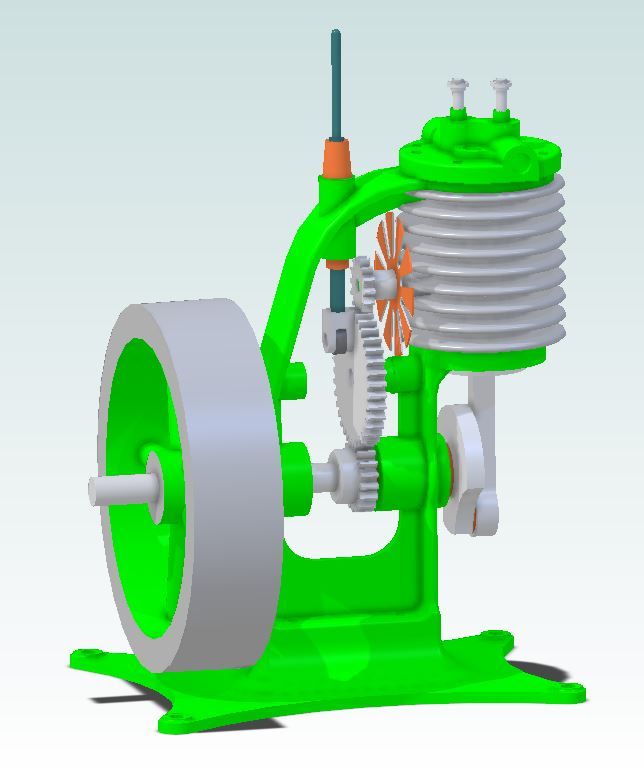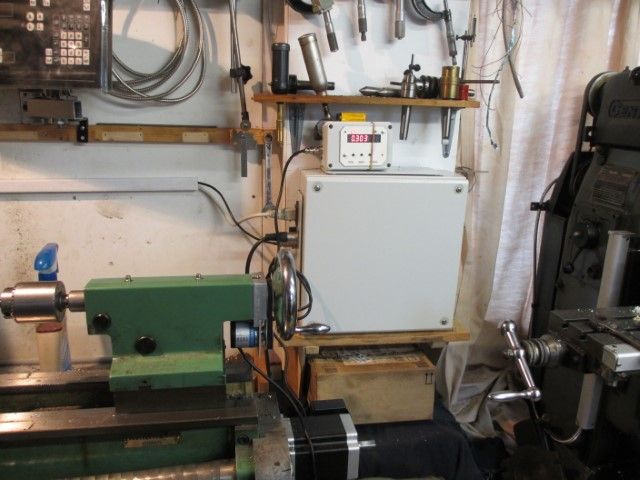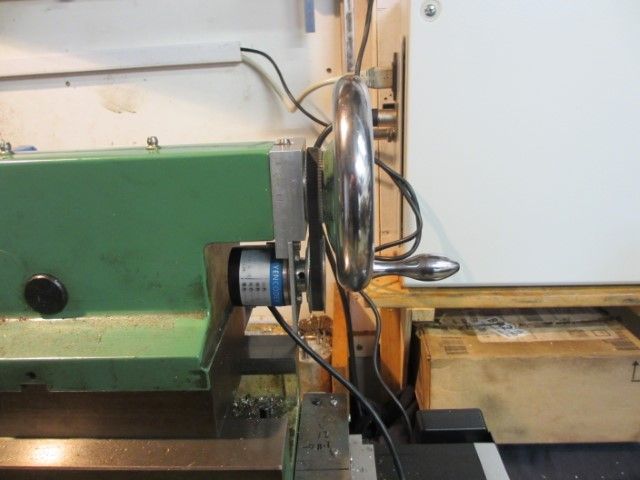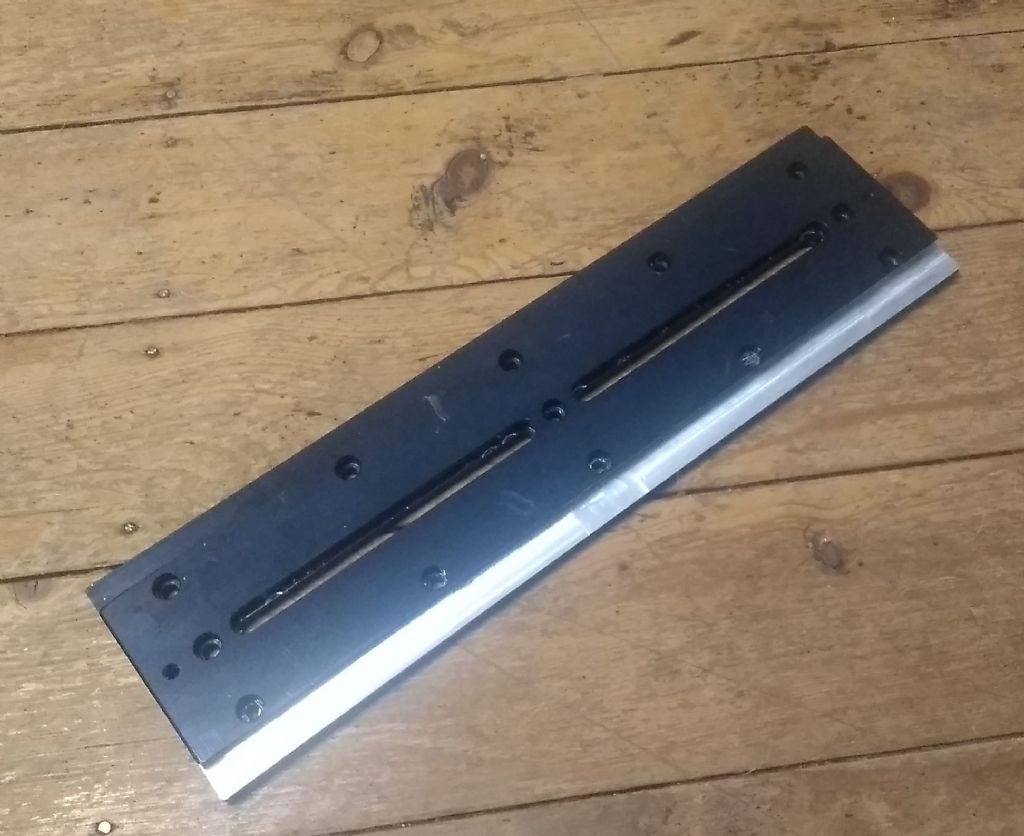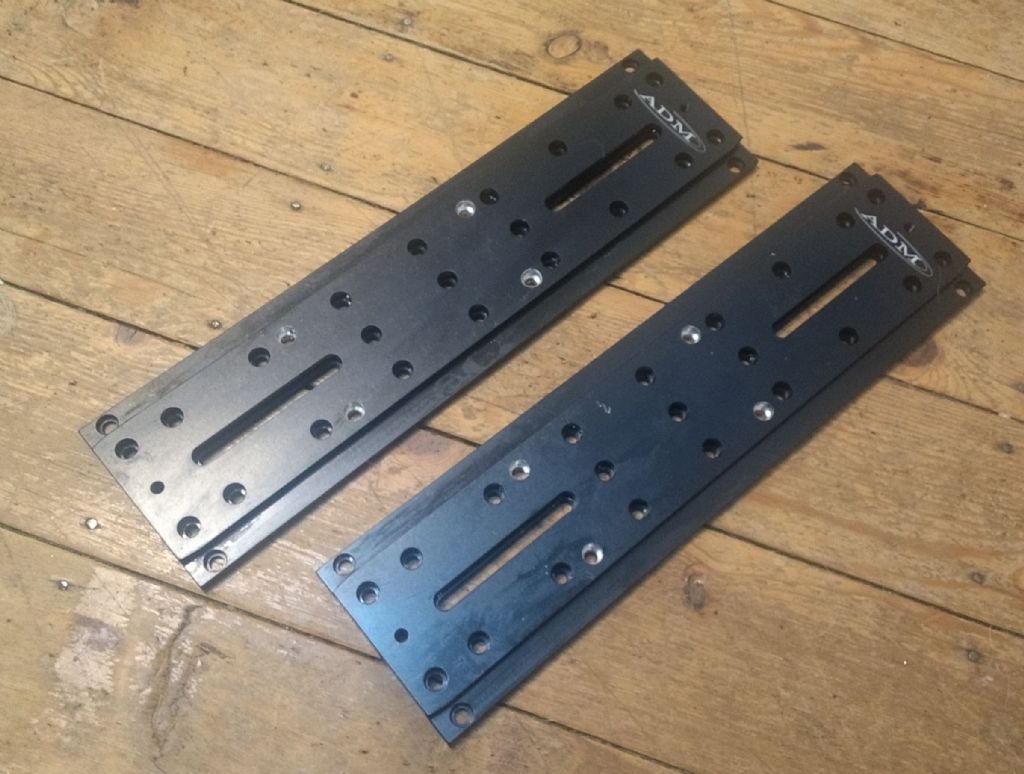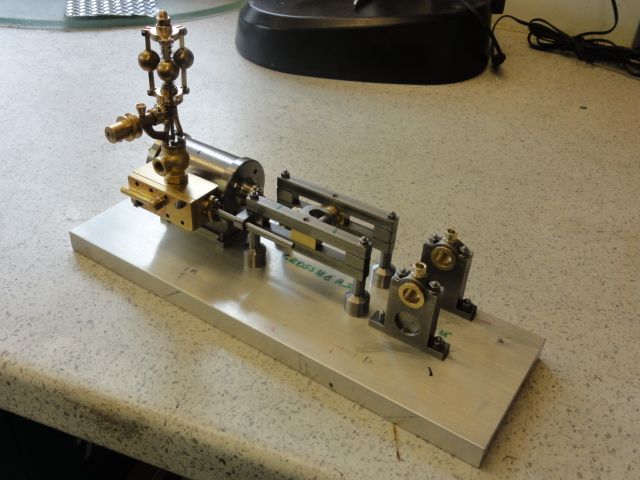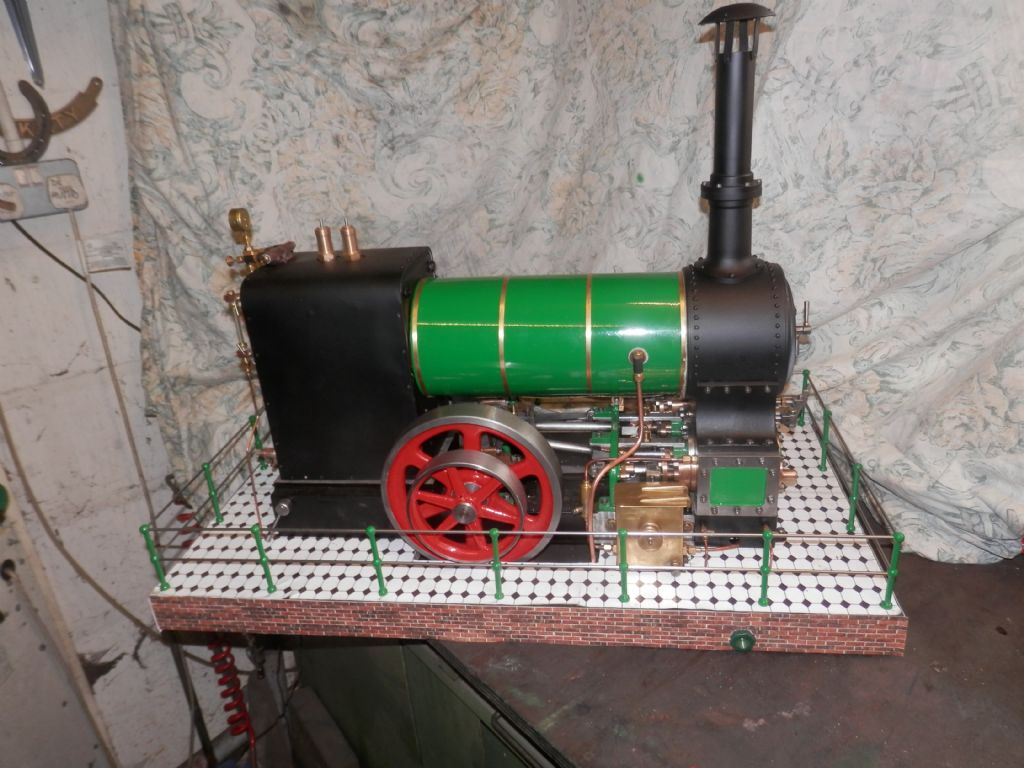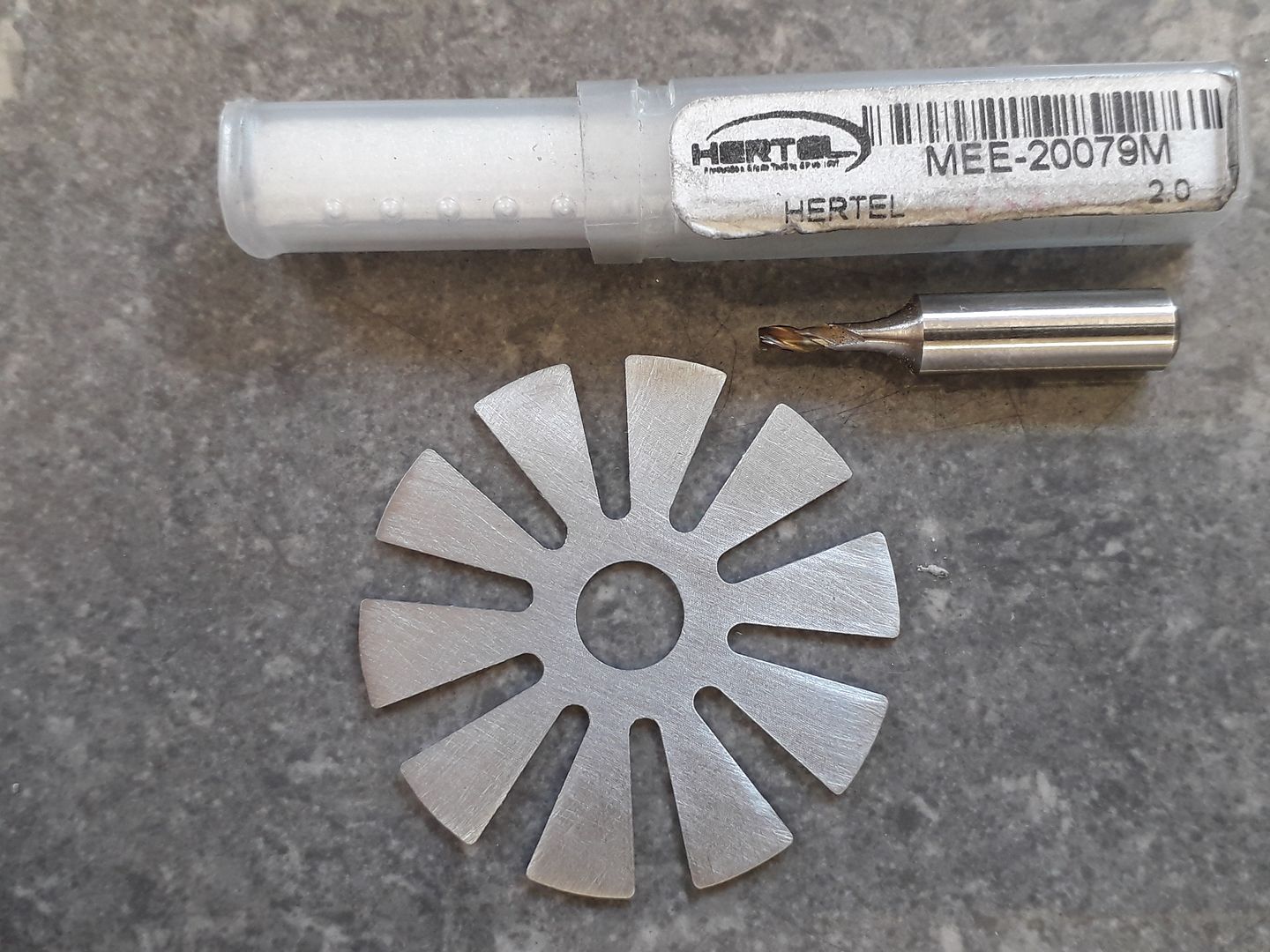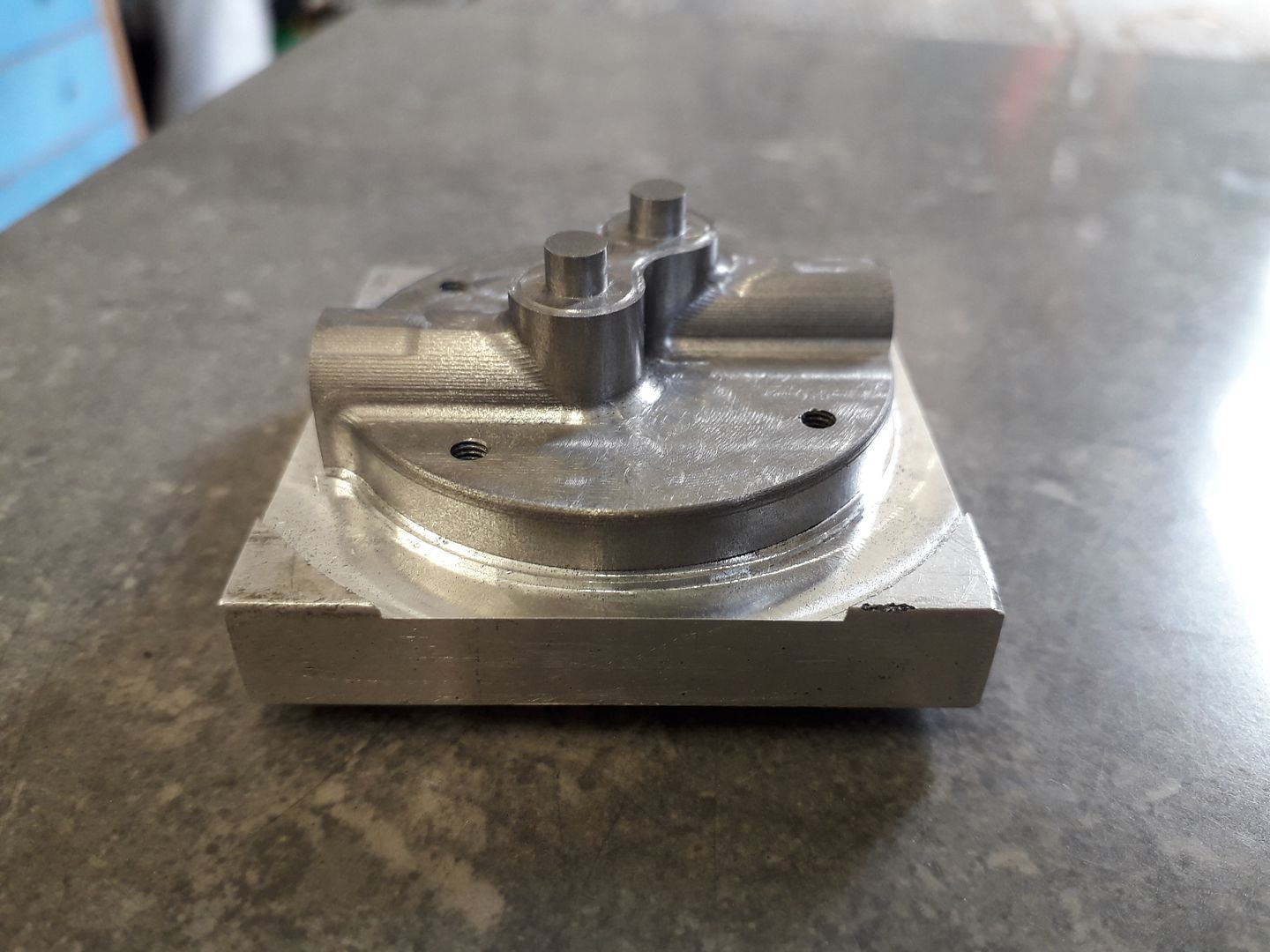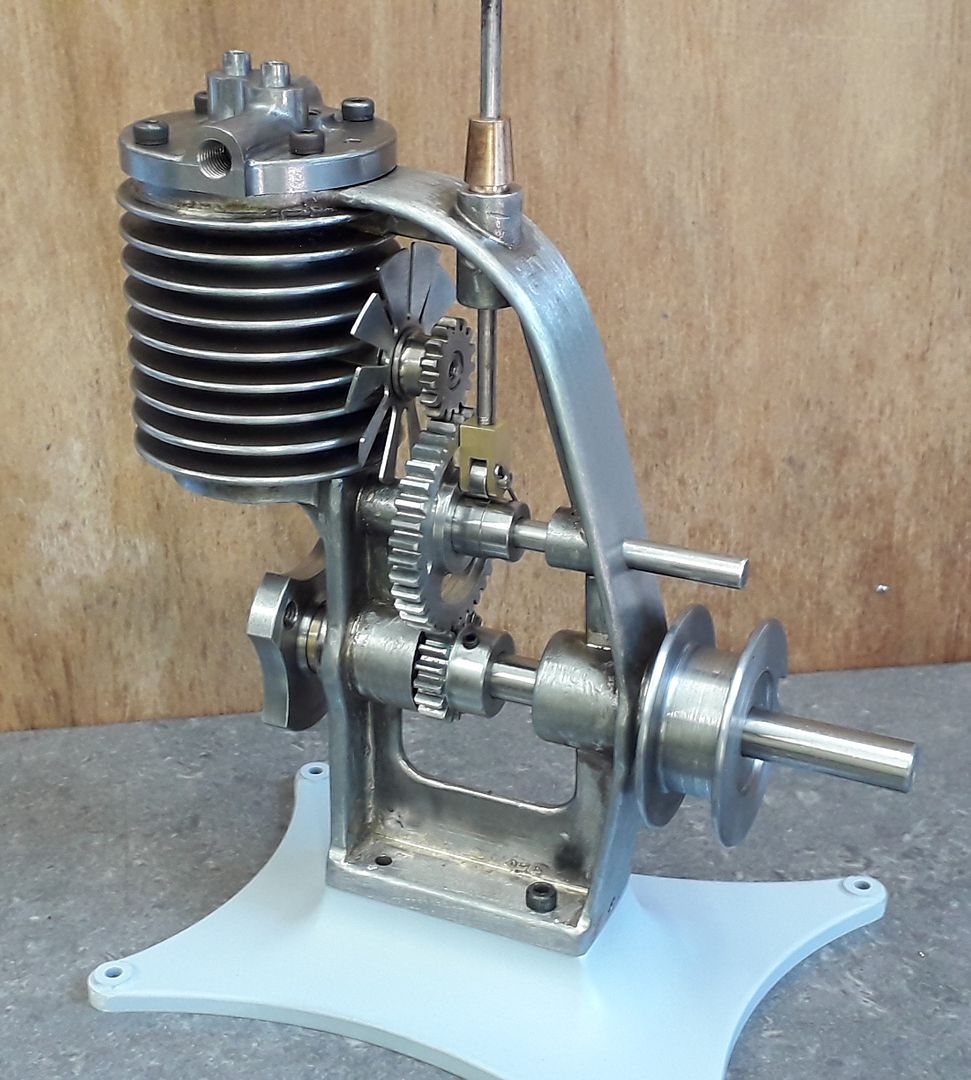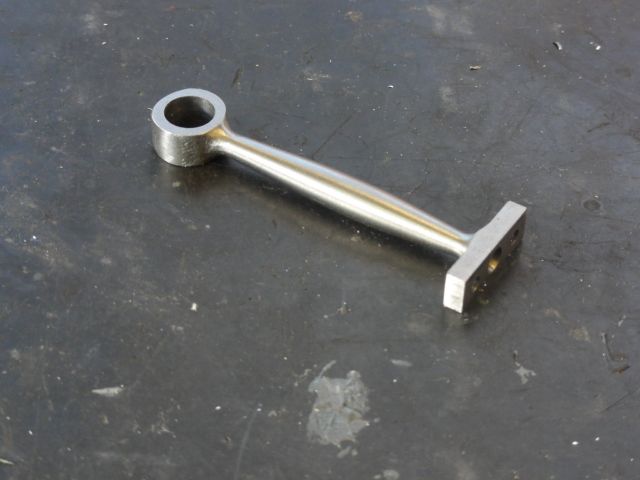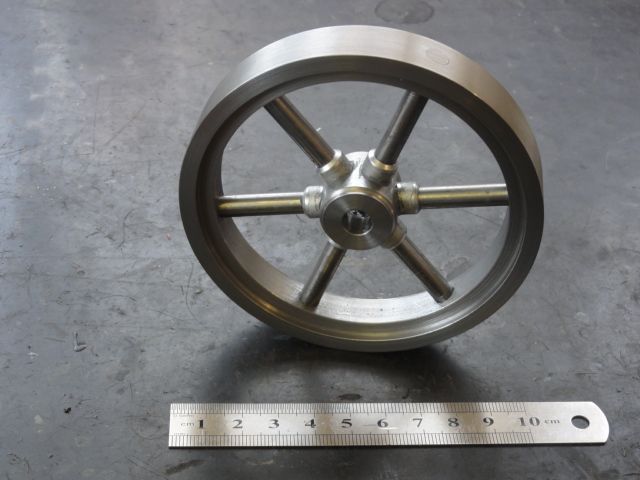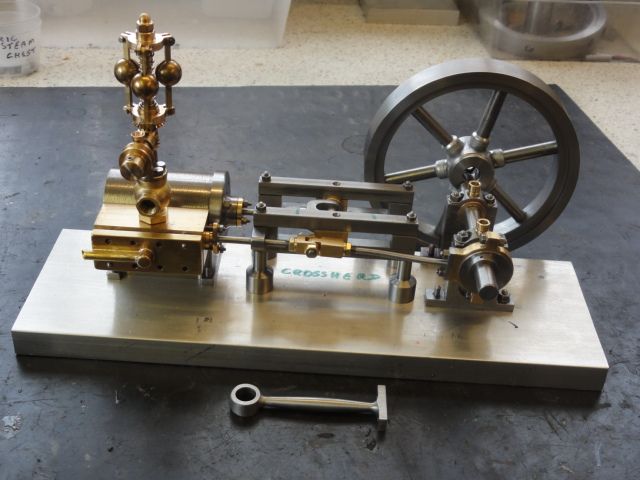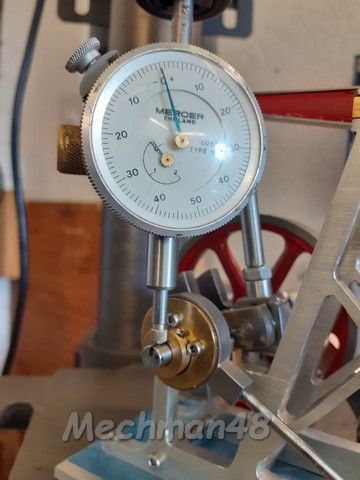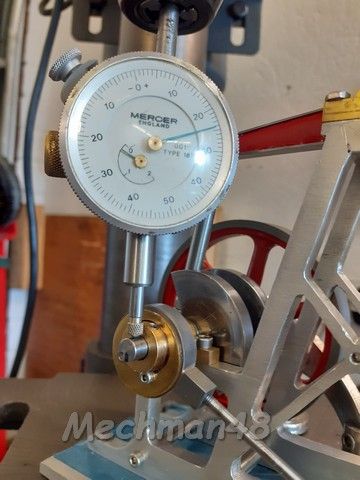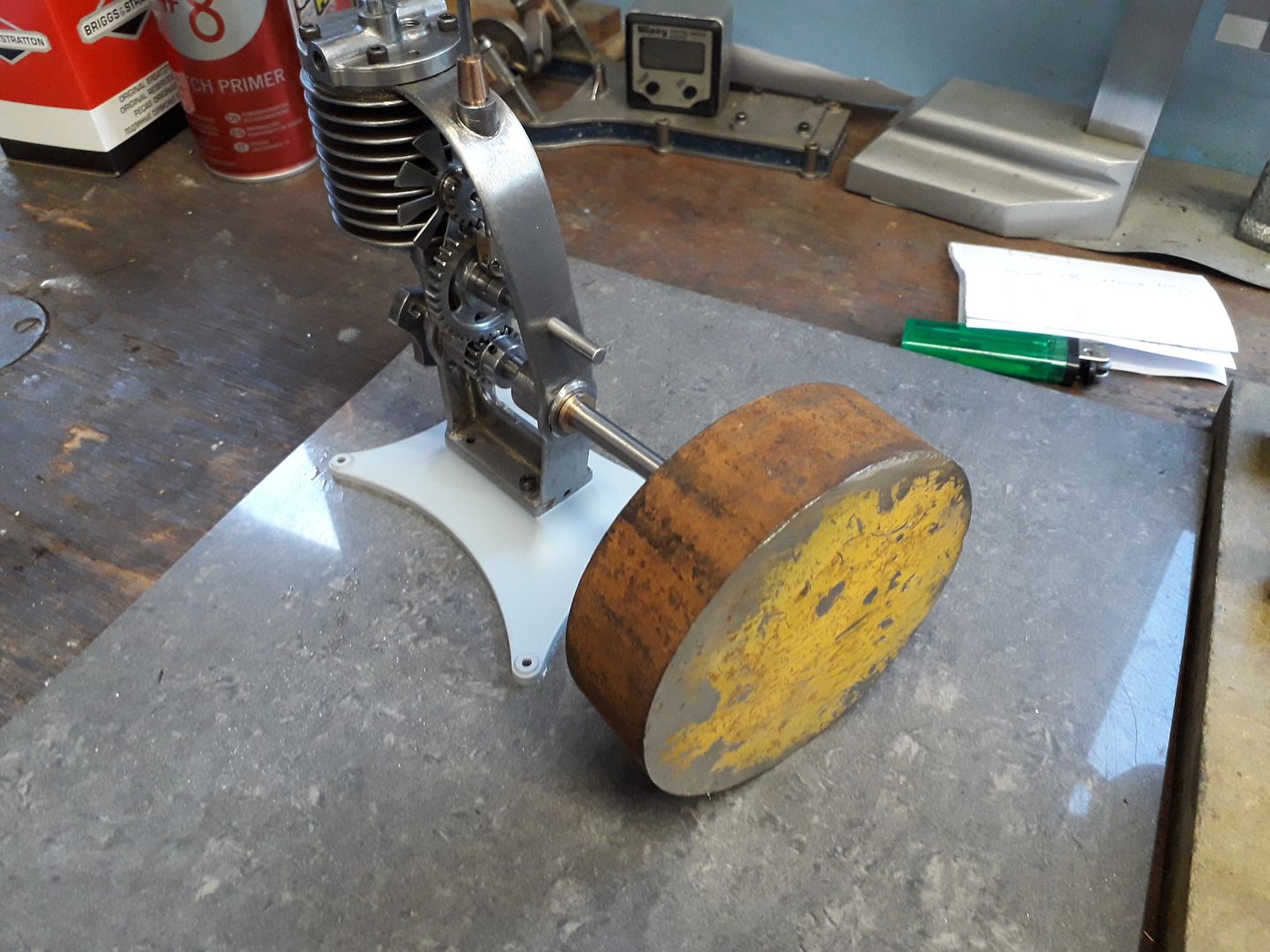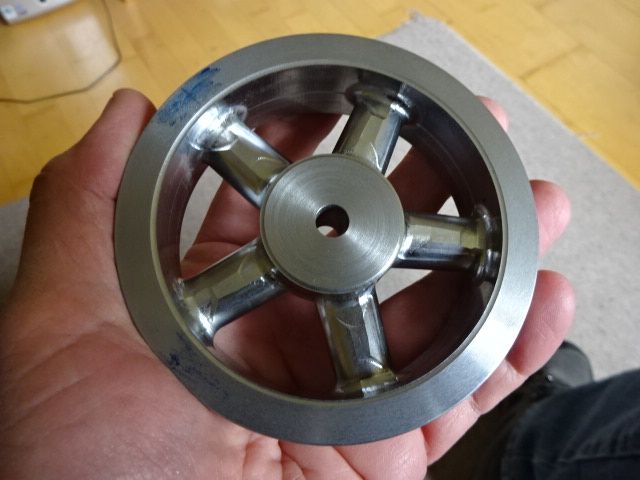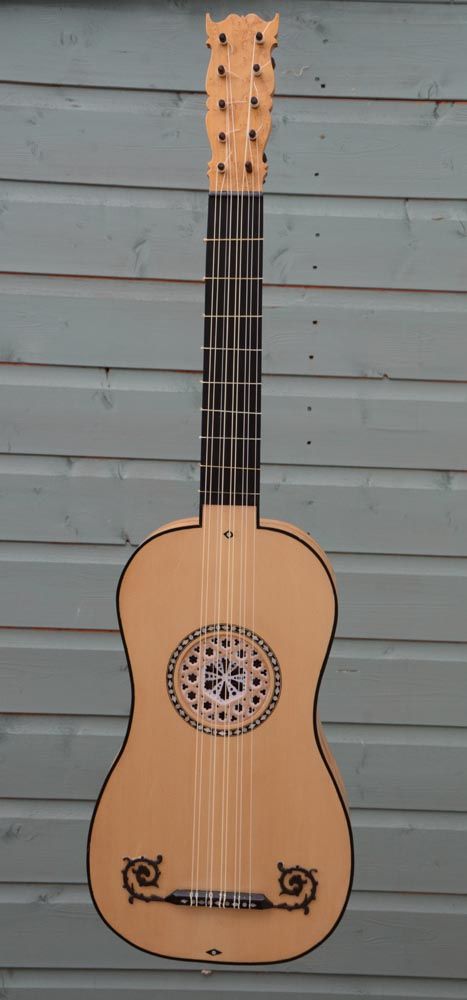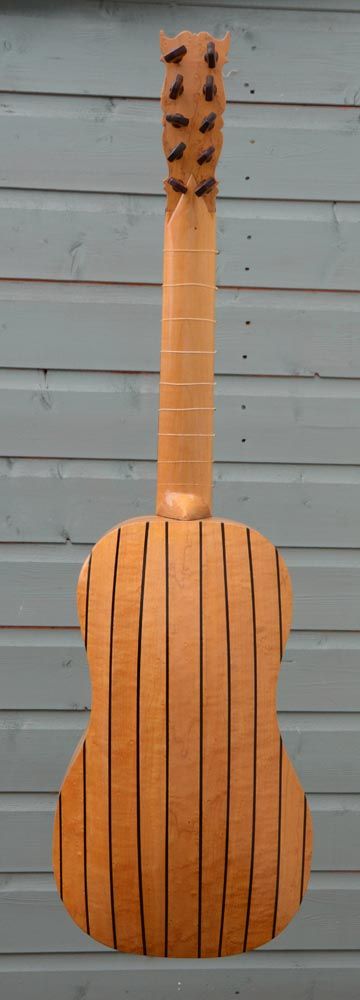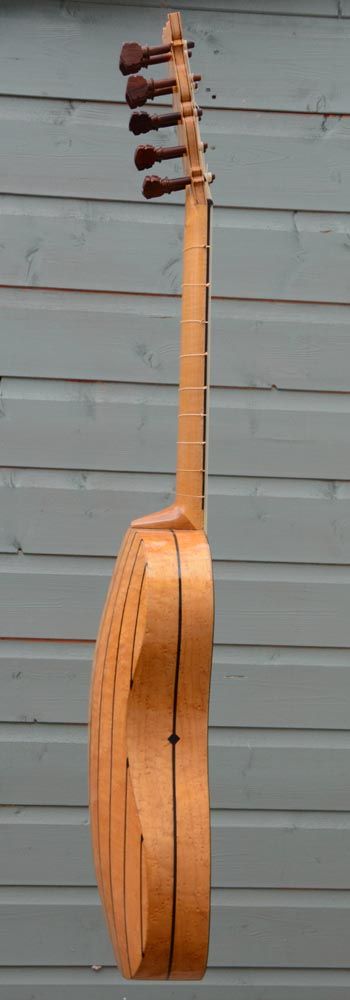Two jobs yesterday, curiously related as they both involved 'Losmandy-style' telescope mounting dovetail plates.
I don't think I've even handled one of these before a few days ago, and then two friends got in touch independently asking me to modify theirs! Both sets dropped off at the garden gate with appropriate social distancing, but good to see some familiar faces.
These plates can be ridiculously expensive, especially red-anodised Italian ones, so it's not surprising that one chap had gambled on a cheap 'no-name' dovetail. The problem was that the distance across the dovetail was at least a millimetre wider than the slot in the saddle clamp it had to fit…
An inspection of a 'proper' dovetail showed that (unlike the narrower, deeper Vixen-style I've made before) it is a 60-degrees, so at least I could use a standard cutter. Offering the cutter up to the cheap plate showed an issue straight away – it was cut at nearer to 70 than 60 degrees. That's why the distance across the dovetail didn't seem much oversize yet it clearly was nowhere near fitting.
I should have skimmed both sides, but the problem was that it's around 400mm long and that meant interrupted cuts anyway. I decided just to skim 1.5mm off one side. The slots made it easy to clamp although I could only use M6 screws, and I had to remove the Y-handwheel and rely solely on power feed. I used block against the t-slot for alignment.
Locking the Y-axis the Bristol handle broke – and it was a 'superior' replacement for the one originally fitted. I swapped the handle off an M5 one to get it going again, but I'm going back to using a cap head screw and a t-handle Allen wrench…
I decided better t take a light skim off the flat than end up with a step inside the dovetail vee, but it was a fairly light cut.
I'd forgotten that some time ago I fitted a 1A fuse as a 'get running' bodge, so 40mm into a cut under power feed it blew… (for the record I was climb milling on my X2).
But I had a pack of the correct (I hope) 3.15A fuses and managed to complete the first cut. I then moved it along again using blocks to set it. As I feared despite care being taken to get the same Y setting, I got a very slight bump at the join. But this is just a clamping dovetail, not a working surface so that's not a problem.
I also discovered a second reason why these plate are cheap – the countersink holes are FAR to widely spaced and my cut just broke into the countersinks at the base of the dovetail. Even if machined symmetrically there would only have been about 0.25mm between dovetail and countersinks…
Naturally there are machining witnesses where the mill stalled and at the join, but you can't really feel them.
I broke all the sharp edges and it's now a nice fit in the dovetail clamp.

The other friend's pair were a budget set, and the irony was that the countersunk holes were too close together, by about 4 or 5mm, for expensive red tube rings! Not necessarily a fault as different manufacturers use different spacings. The chap is ex-Royal Engineers, but although his expertise was building bridges in Iraq at 40C in the shade he was still able to accurately mark out the positions for four holes on each dovetail.
This was a much easier job, and the drill press was up to the task. I picked up each of his marks with a spotting drill. the holes were an odd size (meant as clearance for both M6 and 1/4" UNC – camera tripod thread). It was rather less than 7mm and the closest match I could find was letter I, which I followed up with. Deburrd the exit wounds and a test against the tube rings showed all was well. They are countersunk M10, and while strictly they should be flat bottomed, rather than risk a mishap I just followed up with a quality M10 bit and used the depth stop on the drill press, then deburred the top.

The moral of this story?
If you're a member of an astro club, don't let on that you have a workshop!
Neil
mechman48.




